First, we want you to know what Scrum is in simple words, so we will define it as a framework in which various processes and techniques can be used to facilitate the continuous improvement of the team, the product and the working environment in general.
Using Scrum in software development is very common today. It is an empirical process control framework and is based on transparency, inspection and adaptation, not theory. New Scrum team members will better understand the framework once it is implemented.
How to Introduce the Scrum Framework
To successfully introduce this framework, you must do so methodically by clearly establishing all the minimum parameters required by the framework and allowing for its evolution and adaptation. Scrum offers maximum business value by putting the most important tasks first and ensuring that no time is wasted on things that do not add immediate value.
Developers often quickly adopt the right mindset once they recognize the benefits of the Scrum methodology. They will realize how quickly they can release an early version of high-value software, becoming a more productive team.
Scrum Ceremonies
Ceremonies are used to minimize the need for extensive, impromptu, and untargeted meetings. Having different ceremonies encourages communication and collaboration within the team. Each has a maximum duration and a clearly defined goal.
Daily stand up
Sprint Planning
Sprint Retrospective
Sprint Review
Refinement or backlog grooming
For more information, check out the following article: https://www.assuresoft.com/blog/scrum-master-what-you-need-know
Scrum Devices
The Scrum devices are the elements that guarantee the transparency and the registration of the fundamental information of the Scrum process. This allows the team to have the same vision of what is being carried out. The main devices are:
Product Backlog: It consists of a list of all the requirements of the product to be developed in the project. It is the main source of information about the product in Scrum.
Sprint Backlog: This is a list of tasks that comes from the user stories that are confirmed in the product backlog. This list of tasks is developed from day to day in the different sprints of the project. In general, the tasks in the sprint backlog are represented by a task list. In this way, the team knows what tasks are assigned to it, their degree of development, or any problems or blockages that exist in this regard.
Increment: This is the result of the sprint. The objective is to obtain a palpable increase in the product, an element with the required quality to be presented to the end user.
Definition of Done: All Scrum team members have the same understanding of what is required for a job to be completed, thus ensuring transparency. This is the definition of Done, which is used to evaluate when a product enhancement has been completed.
Scrum Certifications
If you are interested in deepening your knowledge of the Scrum Alliance, you can become certified in different roles among them:
Scrum Master:
-Advanced Certified Scrum Master
-Certified Scrum Professional- Scrum Master
Product Owner:
-Certified Scrum Product Owner
-Advanced Certified Scrum Product Owner
-Certified Scrum Professional- Product Owner
Developer:
In addition, there are other certifications such as:








